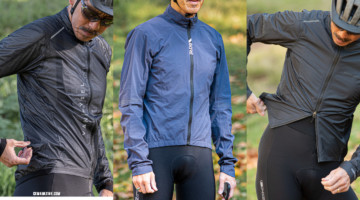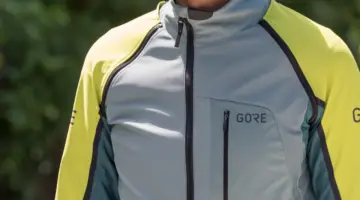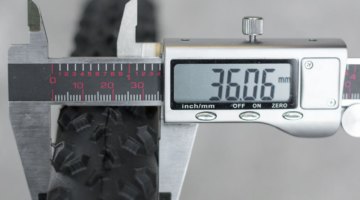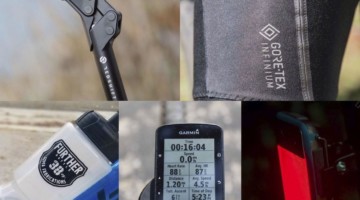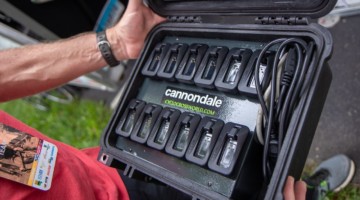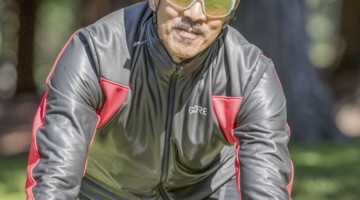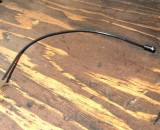
Working with cables might seem daunting but the experts are willing to share their secrets. © Jason Gardner
by Jason Gardner
If you imagine your bike’s cable housing to be like a set tunnels, then imagine an army of little people running back and forth delivering the messages from your shifters and brake levers to their appropriate derailleurs and brakes. Sometimes, those people get tired. Sometimes they get confused and think they only run one way and not the other. Sometimes they get old and just quit. If you imagine your bike’s shift and brake cables like that, then congrats, you have a really awesome imagination. Shift and brake cables and cable housing are, however, pretty important to your bike running correctly and ultimately with providing a good race experience. Stacked up next to carbon wheels and flashy paint and all sorts of other components that so and so rides, cables usually get the short end of our attention. “Nice cables, brah,” is not the usual start line chatter.
Cables can and will make a difference. The good news is, you have options. This quick article will offer a simple outline of cable and housing options from the most basic to the more complex. The basic system consists of a line of derailleur or brake housing capped by plastic ferrules with a steel wire. The cheapest of inner wires or cables are made of galvanized steel; if someone tries to sell you galvanized steel cables, then they probably have an old grudge against you. You should proceed to find out what trespass has set them against you, resolve the issue, and then kindly ask for stainless steel cables. I rarely make such declarative claims but “always buy stainless cables.” If you buy the cheapest of every other part of the system, spend a couple dollars more and make sure your cable are stainless steel. Therein lies the benefit of the basic system; it is cheaper and sometimes there is merit to that. Cables can be run for sometimes less than $10 a cable. The downside is that the shifting and braking will not be as crisp feeling and the system becomes easily contaminated. When the system becomes dirty, and I’m told that cyclocross racing can be dirty, shifting and braking performance deteriorates. You don’t win.
For shifting, an upgrade to the basic system uses the same stainless inner wire but adds either semi sealed ferrules, pre-lubricated housing, or both. Shimano makes a ferrule with a rubber and brass ring inside at the end. The rubber ring helps to keep dirt and water out and the brass ring helps to maintain stiffness in the system. Less compression equals more accurate, consistent performance. Shimano’s semi-sealed ferrules can be recognized by three rings around the ferrule. Pre-lubricated housing, like Shimano’s SP-41 provides a smooth route for the cable to run through but also assists in keeping the dirt out of the housing line longer. You should expect about $15-20 per cable.
The next step would be to use the same cable and housing, but add a nosed ferrule. A nosed ferrule will allow a couple of different variations. A rubber seal can be installed over the nosed ferrule, which will keep dirt and water from entering the housing. If you are feeling extra ambitious you can install a plastic liner, which fits over the ends of the nosed ferrule. Some of these variations are sold as kits from Shimano, SRAM, and Jagwire. Sometimes you can piece them together if you ask or look around.
The next level then is the fully sealed cable system. These systems will usually run a full cable liner from shifter or brake lever to the corresponding part. In many cases, the system will employ some means to reduce friction since the cable will be in contact with the liner the full run. Gore Ride-On Sealed Low Friction cables and housing utilize a proprietary cable coating to reduce friction on the overall system as it uses a rather regular plastic liner [Ed. note: the Gore Ride-On cablesets have been discontinued as of Fall 2012 but old stock is still available in stores and online]. Nokon housing utilizes a standard stainless cable that runs through a proprietary Teflon liner. Aztec Powerlines use a Teflon coated cable through a plastic liner. These systems will keep clean much better than the others, sometimes for multiple years. These are more expensive though, costing between $50 and $120 for a set. The fully sealed systems are additionally more difficult to install. A full run of housing is a cheaper, easier alternative but that won’t have the same friction reducing properties.
Cables matter. How you decide on what system is best for you really does come down to personality. If you like to set it and forget it, then the investment in a fully sealed system might be worth it. If you tinker with your bike every week then you might want to experiment with some semi-sealed variations. If you’re only going to ride the dry races (which is an option some places), then the basic set may do just fine. If you’re riding a single speed, then you’re probably out riding and not reading this. The way your therapist says you should keep the little people in your head happy, you should also keep the little people in your bike happy. Pay attention to them and make appropriate decisions.























